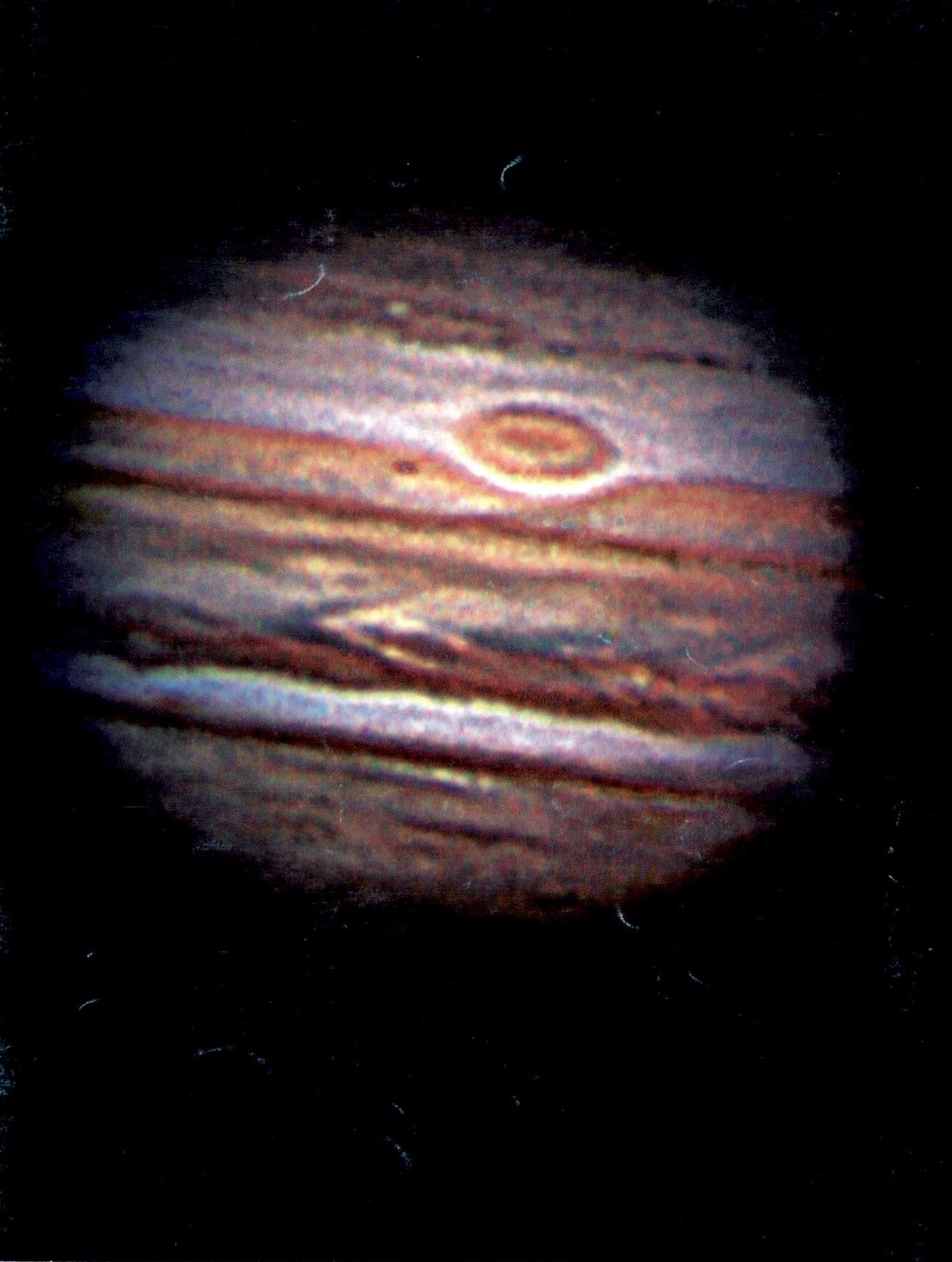Document Type : Research Paper
Author
Associate Professor of Urban planning, Malek-Ashtar University of Technolog
Abstract
Positioning based on satellite systems began in early 1961. GPS was evolved over time with the aim of supporting military navigation and fulfilling the need for quick and accurate positioning in the shortest possible time. Vast military needs led to continuous follow-up of spatial systems’ situation. One of the early and successful systems was the Transit Satellite. The Doppler system is formed by six satellites. These satellites revolve on polar paths around the earth at an elevation of about 1000 km from its surface. The Loran, Decca and Sat-Nav systems are among the positioning systems in operation before GPS which provided relatively high efficiency in air and marine navigation and control. GPS is a complete system. Its initial plan was designed as two projects in the U.S. Air and Marine Forces in 1960, and its major activities began in 1973 by the Ministry of Defense, which was met with rapid success. Since 1983, this technology was introduced into non-military applications such as geodetic networks, aerial navigation, photogrammetry with least ground control points, cadaster, changes in shape of the earth’s crust, marine navigation, direction of urban transportation systems, control of robots, etc.
GPS is formed by three parts: Space part (satellite); system control stations; ground receiver (users).

